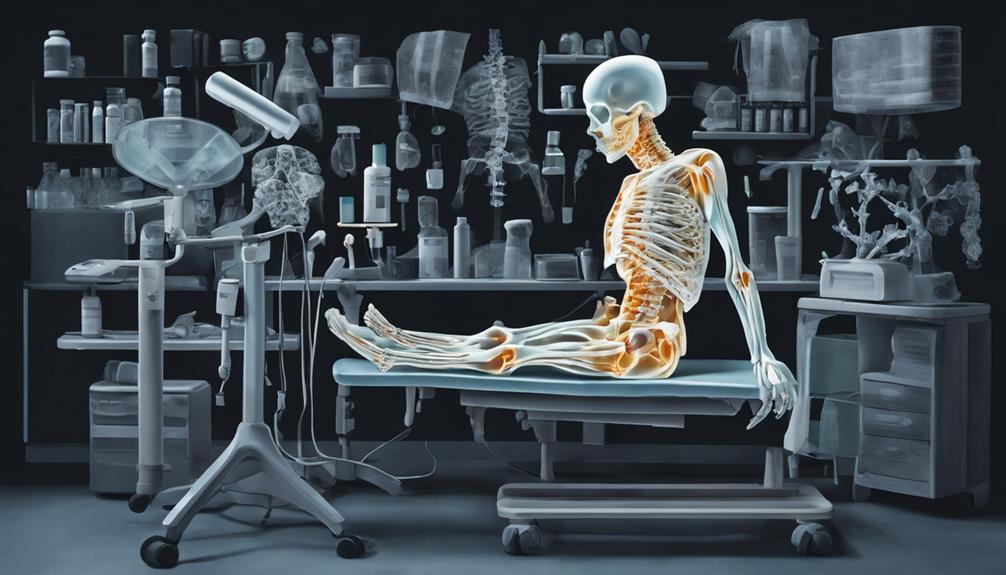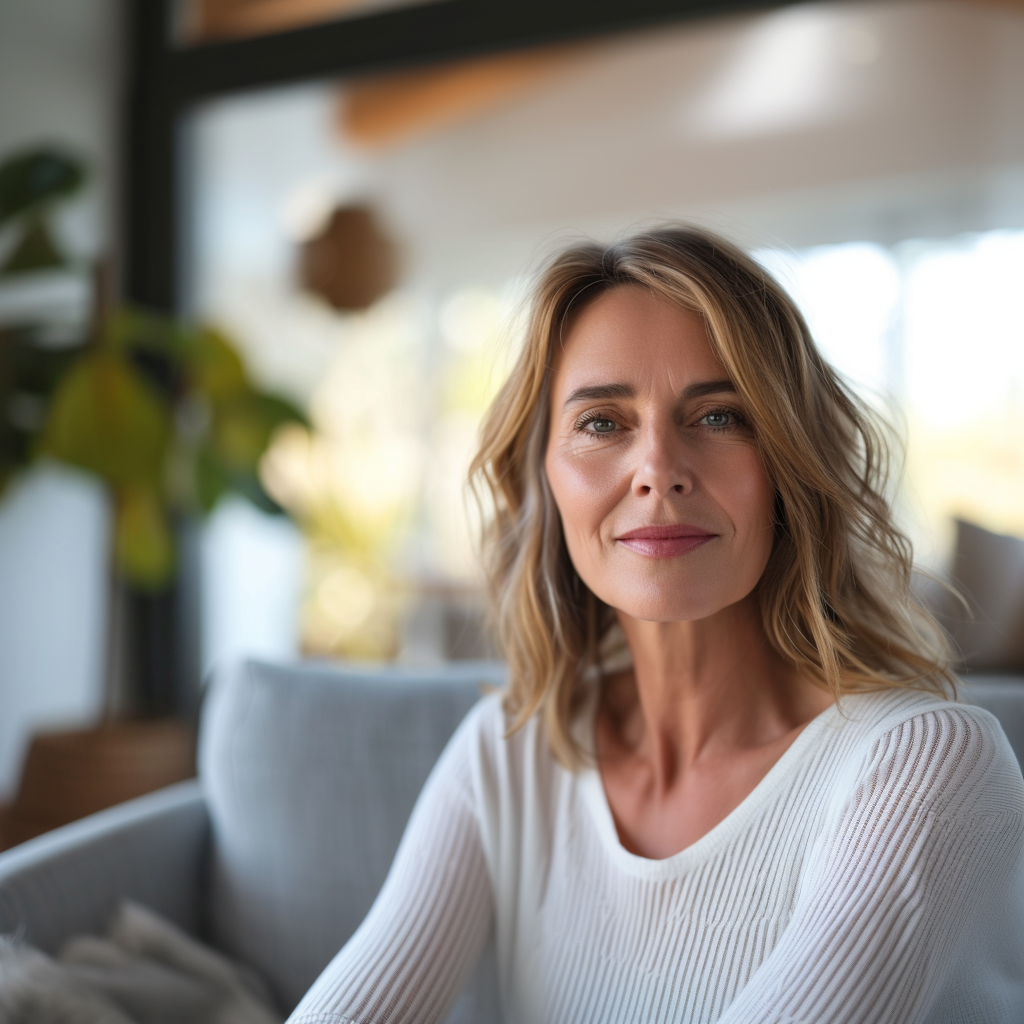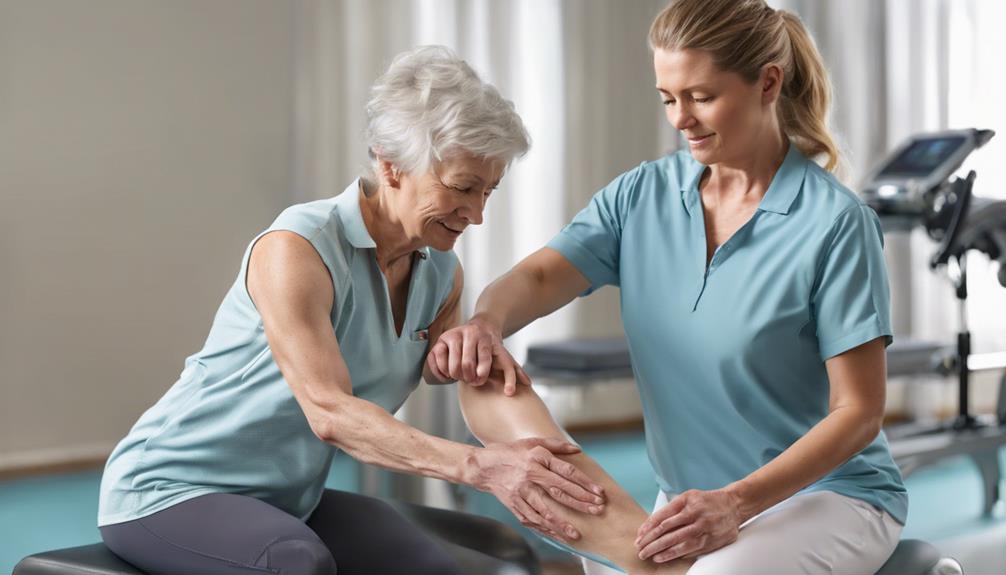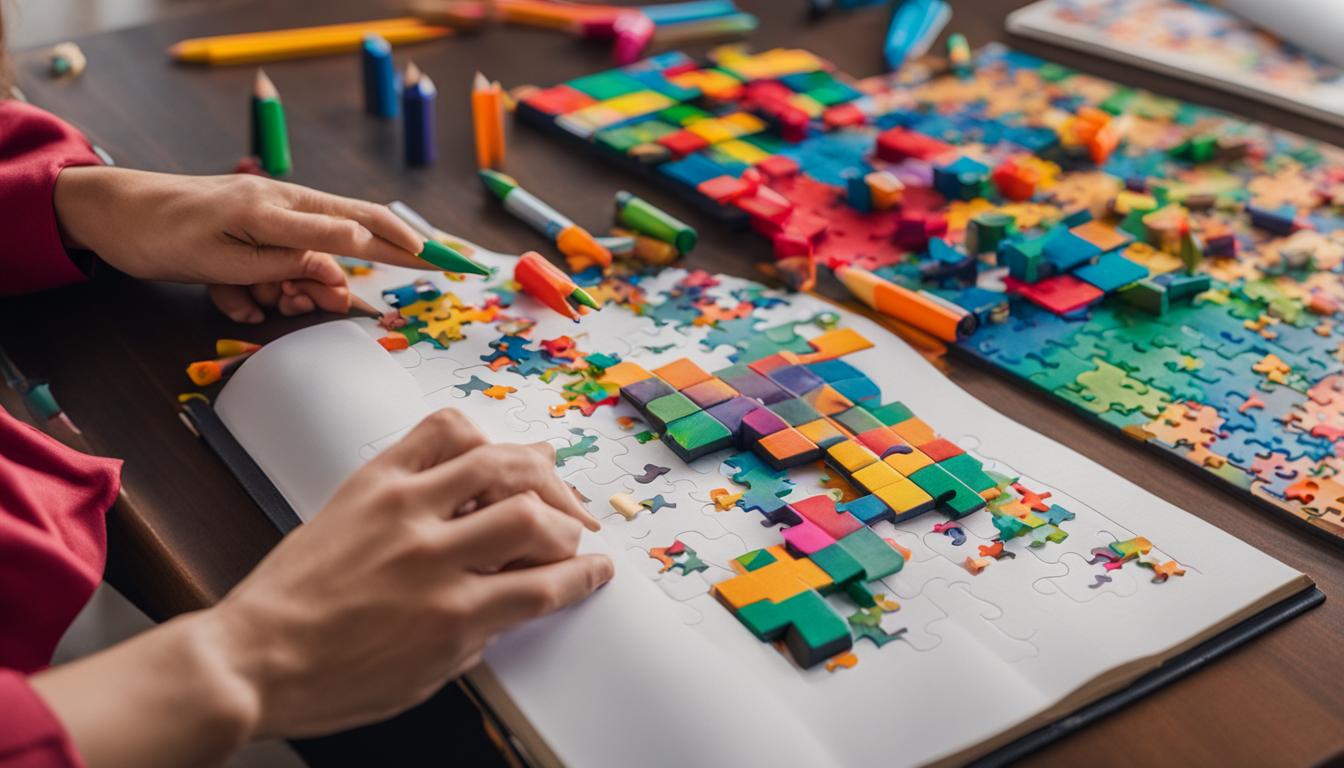Physical activity for stroke rehabilitation is often overlooked but it is essential, not merely a recommendation. The road to recovering movement and function may be tough, but the rewards it brings are invaluable. Exercise is a key component in the process of stroke recovery, aiding in muscle strengthening and improving coordination.
However, there's more to this topic than meets the eye. Stay tuned to uncover the key elements that make stroke recovery exercise a game-changer for survivors looking to reclaim their independence and vitality.
Key Takeaways
- Exercise improves physical function and mental well-being post-stroke.
- Full-body exercises target multiple muscle groups aiding in recovery.
- Arm and shoulder rehab exercises enhance strength and mobility post-stroke.
- Hand and finger movements aid in regaining fine motor skills and independence.
Benefits of Exercise in Stroke Recovery
Regular exercise plays a crucial role in enhancing physical function and overall well-being during the recovery process from a stroke. Engaging in post-stroke exercise is vital for improving muscle strength, balance, and mobility. These exercises not only help in the recovery phase but also contribute to long-term health and preventing complications. Physical activity post-stroke can significantly improve quality of life and mental well-being, reducing the risk of secondary strokes.
Exercise sessions tailored to a stroke survivor's needs by a therapist can help in regaining control over muscles, improving coordination, and enhancing balance. By incorporating regular physical activity into the recovery plan, individuals can experience a boost in confidence and independence. These exercises aren't only beneficial for the body but also play a crucial role in improving overall health outcomes post-stroke. Embracing a routine that includes targeted exercises can lead to a more robust recovery journey and a better quality of life.
Full-Body Stroke Recovery Exercises
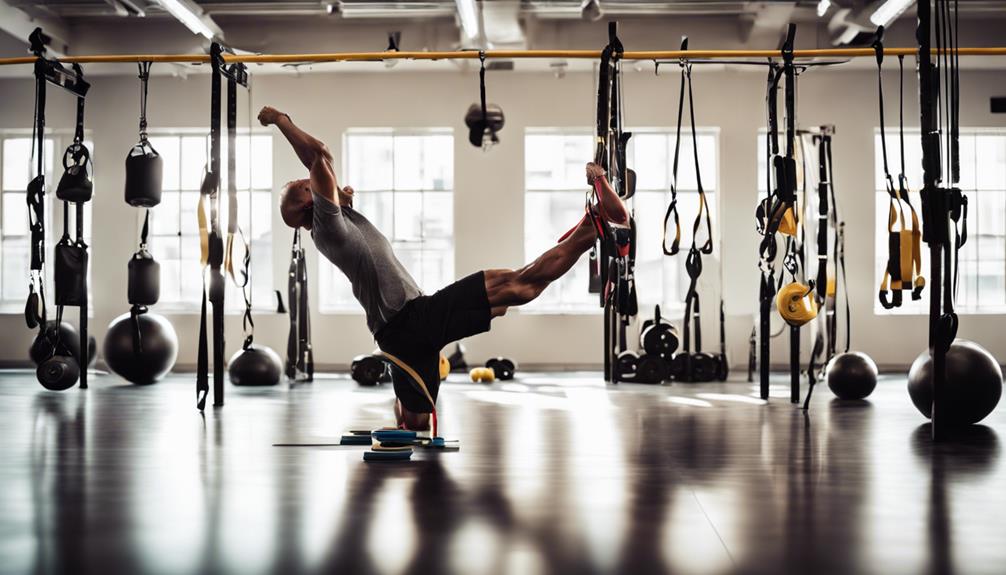
Incorporating full-body stroke recovery exercises into a rehabilitation routine after a stroke is essential for improving overall strength, balance, coordination, and mobility. These exercises target various muscle groups simultaneously, providing a holistic approach to recovery for stroke survivors.
Here are three examples of full-body stroke recovery exercises:
- Seated Marches: This exercise involves lifting and lowering your legs while seated, engaging the core, leg muscles, and promoting balance.
- Trunk Rotations: By twisting your upper body from side to side, you can enhance core strength, improve coordination, and increase flexibility in the spine.
- Arm Strengthening Exercises: Activities like lifting light weights or resistance bands help boost arm strength, shoulder stability, and overall upper body functionality.
Engaging in a diverse range of full-body exercises not only enhances physical abilities but also aids in the restoration of functional movements necessary for daily living. These exercises play a crucial role in the comprehensive rehabilitation of stroke survivors, promoting a smoother path towards recovery.
Arm and Shoulder Rehab Exercises
Enhancing arm and shoulder strength through targeted rehabilitation exercises plays a vital role in promoting post-stroke recovery and improving functional abilities.
For stroke survivors, engaging in specific exercises for the arm and shoulder muscles is crucial. These exercises not only help in improving mobility and range of motion but also aid in regaining independence in daily activities.
Consistent physical activity focusing on the arms and shoulders can significantly enhance motor control, making it easier to perform tasks essential for daily living.
Hand and Finger Movement Exercises
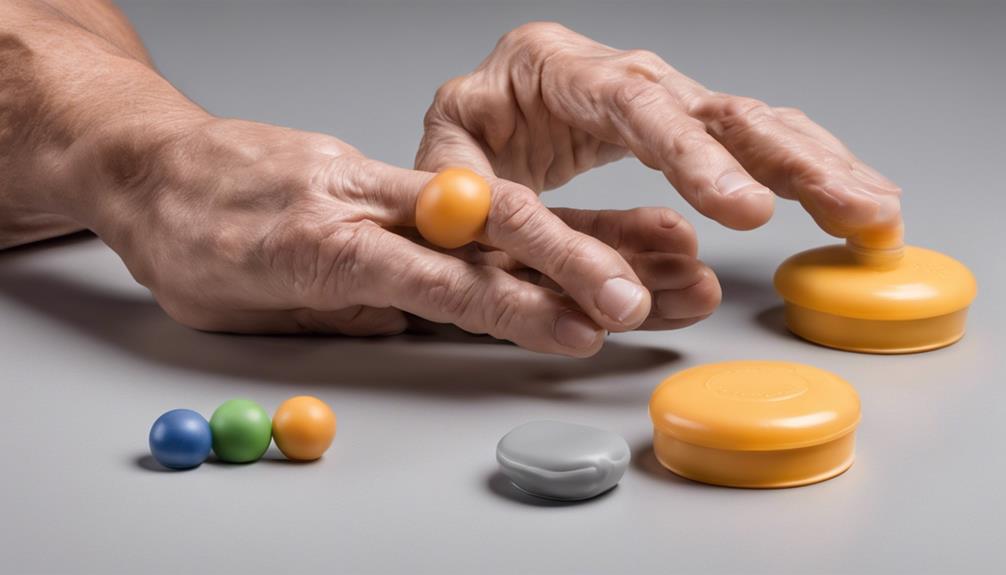
Improving mobility and strength in the upper extremities post-stroke, hand and finger movement exercises are crucial for regaining independence in daily activities that require fine motor skills. Consistent practice of hand and finger exercises helps prevent muscle contractures and promotes better motor control.
Here are some key points to consider when engaging in these exercises:
- Focus on Precision: Perform targeted hand exercises that concentrate on specific movements to enhance dexterity and coordination.
- Increase Repetition: Engage in high repetitions of finger exercises to stimulate neuroplasticity, aiding in brain recovery after a stroke.
- Daily Practice: Incorporate hand exercises into your daily routine to steadily improve muscle strength and control in the upper extremities.
Balance and Mobility Training Exercises
Balance and mobility training exercises play a crucial role in enhancing stability and coordination for stroke survivors. These exercises are designed to improve postural control, reducing the risk of falls and enhancing walking ability. By incorporating balance training into the rehabilitation routine, stroke survivors can experience advancements in their daily activities, leading to increased independence.
Mobility exercises focus on functional movements that are essential for regaining independence in daily tasks post-stroke. Consistent practice of these exercises not only aids in physical recovery but also contributes to an improved quality of life for stroke survivors. By targeting balance and mobility, individuals can work towards regaining confidence in their movements and gradually reintegrate into their daily routines.
This holistic approach to rehabilitation emphasizes the importance of addressing not only the physical but also the emotional and psychological aspects of recovery for stroke survivors.
Frequently Asked Questions
What Is the Best Exercise to Recover From a Stroke?
We believe the best exercise to recover from a stroke is one that combines cardiovascular activities like walking or cycling with strength training exercises using resistance bands or light weights. These exercises can help improve heart health, endurance, muscle strength, and function post-stroke.
Additionally, incorporating balance, coordination, flexibility, and functional exercises can aid in reducing the risk of falls, improving stability, enhancing range of motion, and regaining independence in daily living skills.
What Is the Fastest Way to Recover From a Brain Stroke?
The fastest way to recover from a brain stroke involves engaging in high-intensity, repetitive exercises daily. Consistent practice of stroke-specific exercises accelerates rehabilitation progress, especially when utilizing technology like FitMi for increased repetitions. Furthermore, integrating these exercises into a structured routine not only enhances mobility but also boosts overall physical and mental well-being. Health professionals often recommend a variety of activities tailored to individual needs, focusing on strength, coordination, and balance. Among these, the top recovery exercises for stroke include activities like gait training, resistance workouts, and coordination drills that can significantly improve outcomes when done regularly.
It's crucial to incorporate a mix of passive and active exercises for comprehensive brain stroke rehabilitation. Working closely with a physical therapist can optimize recovery speed and outcomes, ensuring a more effective rehabilitation journey.
What Should You Avoid After a Stroke?
After a stroke, it's crucial to avoid sudden, strenuous activities without medical clearance to prevent complications. Safety precautions should never be neglected during exercise to reduce the risk of falls.
Pacing activities, taking breaks, and avoiding overexertion can help prevent excessive fatigue. High-impact sports should be avoided as they may hinder recovery progress.
It's important not to ignore any signs of discomfort or pain during exercise and seek medical advice promptly.
How Long Does It Take for the Brain to Settle After a Stroke?
After a stroke, the brain can start to settle and stabilize within the first few weeks, but recovery timelines vary. Significant improvements can continue for months or even years due to neuroplasticity.
Rehabilitation efforts and consistent practice are crucial for brain recovery. It's important to monitor progress and adjust interventions based on individual responses throughout the recovery process.
This ongoing adaptation and reorganization contribute to continued improvement post-stroke.
Conclusion
As we wrap up our stroke recovery exercise journey, it's ironic how something as simple as movement can have such a profound impact on our lives.
Remember, the key to regaining strength and independence lies in consistent and tailored exercise programs.
So let's keep pushing forward, one step at a time, towards a brighter and healthier future. Your determination and effort will pave the way for a successful recovery.
Stay strong, stay active, and never underestimate the power of exercise.

